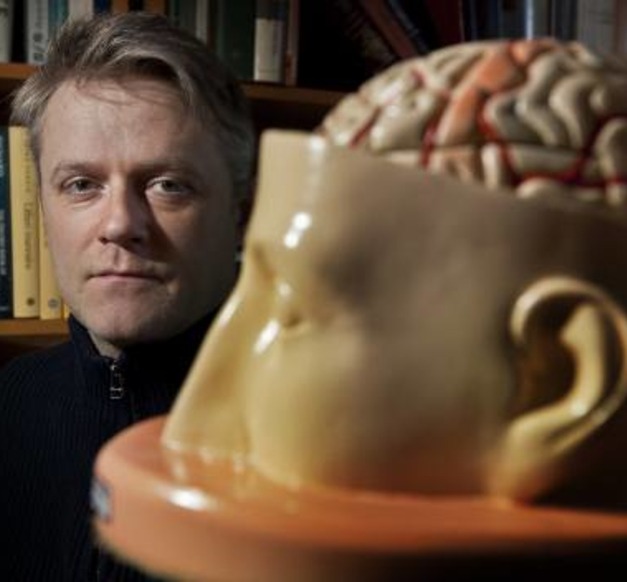“It is well know that various involuntary reactions are activated when people or animals experience something that evokes strong feelings. Adrenaline flows through the brain and body and has a strong influence on the physical condition and neural reactions. However, less is known about the influence on cognition, attention and visual perception,” says Árni Kristjánsson, Associate Professor at the Faculty of Psychology.
“To examine the impact of stimuli that evoke emotional reactions on attention, we researched what effect looking at images has on performance on simple visual tasks.”
Kristjánsson and his collaborators presented photos to participants in the research; on the one hand neutral pictures, displaying for example scenery or children at play, on the other hand pictures that displayed events that evoked strong emotional reactions, such as photos of mutilated dead bodies or pictures from the scenes of serious accidents. These photos were displayed on a computer screen in between simple tasks performed by the participants to, for example, to map out certain stimuli among others.
“A search made after the display of morbid photos proved to be more difficult for the participants, both more inaccurate and slower, than after the display of the neutral photos.
The results also indicate that participants work faster on assignments they are used to, than on tasks that they are less familiar with and after looking at the disturbing photos. People’s attention is inadvertently drawn to what they were doing before they looked at the photos. This is in fact the visual version of running faster than normal when we are scared.”
Kristjánsson says that his collaborator, Steven Most at the University in Delaware, United States, has demonstrated that the display of disturbing pictures has considerable effect on attention controlled by will. “The attention gets stuck on such images and the participants have difficulty in drawing their attention elsewhere. The question which then arose was whether such images had a similar effect on involuntary attention, when something catches our attention involuntarily.”
Kristjánsson says that there is increased interest within neuroscience on how feelings influence perception and how we notice our surroundings. “For a long time it was thought that we simply saw what was in front of us when we open our eyes, however, research has increasingly shown that our state of mind, desires and objectives influence how we perceive the world.”
Kristjánsson says that this may prove useful in many way; if it turns out to be correct that emotional reactions have considerable influence on how we perceive our surroundings. “Recent research shows for example that people who suffer from socio-phobia are more likely to notice angry faces than faces with a neutral expression. Our research also show that you can train people to stop focusing on negative stimuli, and consequently, to reduce symptoms of socio-phobia. If it is possible to reduce anxiety with such simple and inexpensive methods it can be an important step forward in treating anxiety disorders.”



